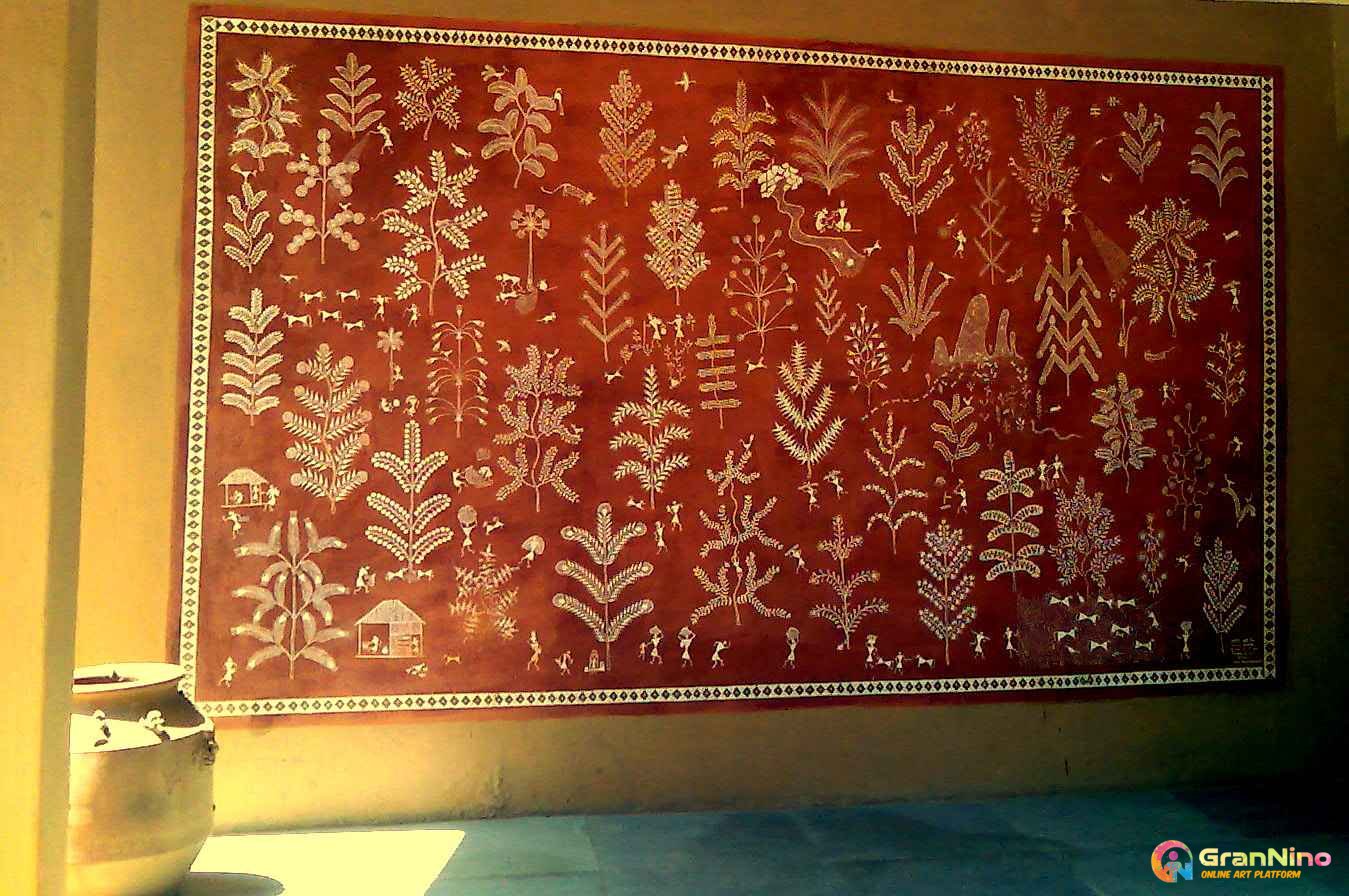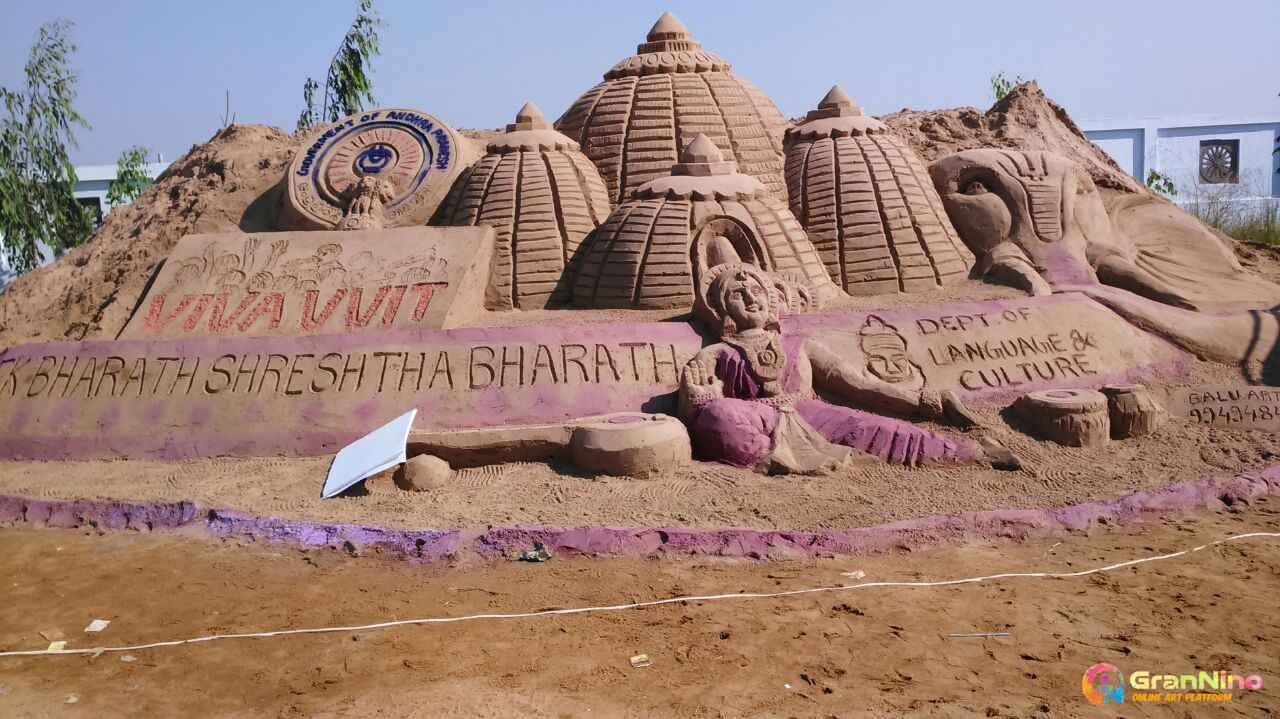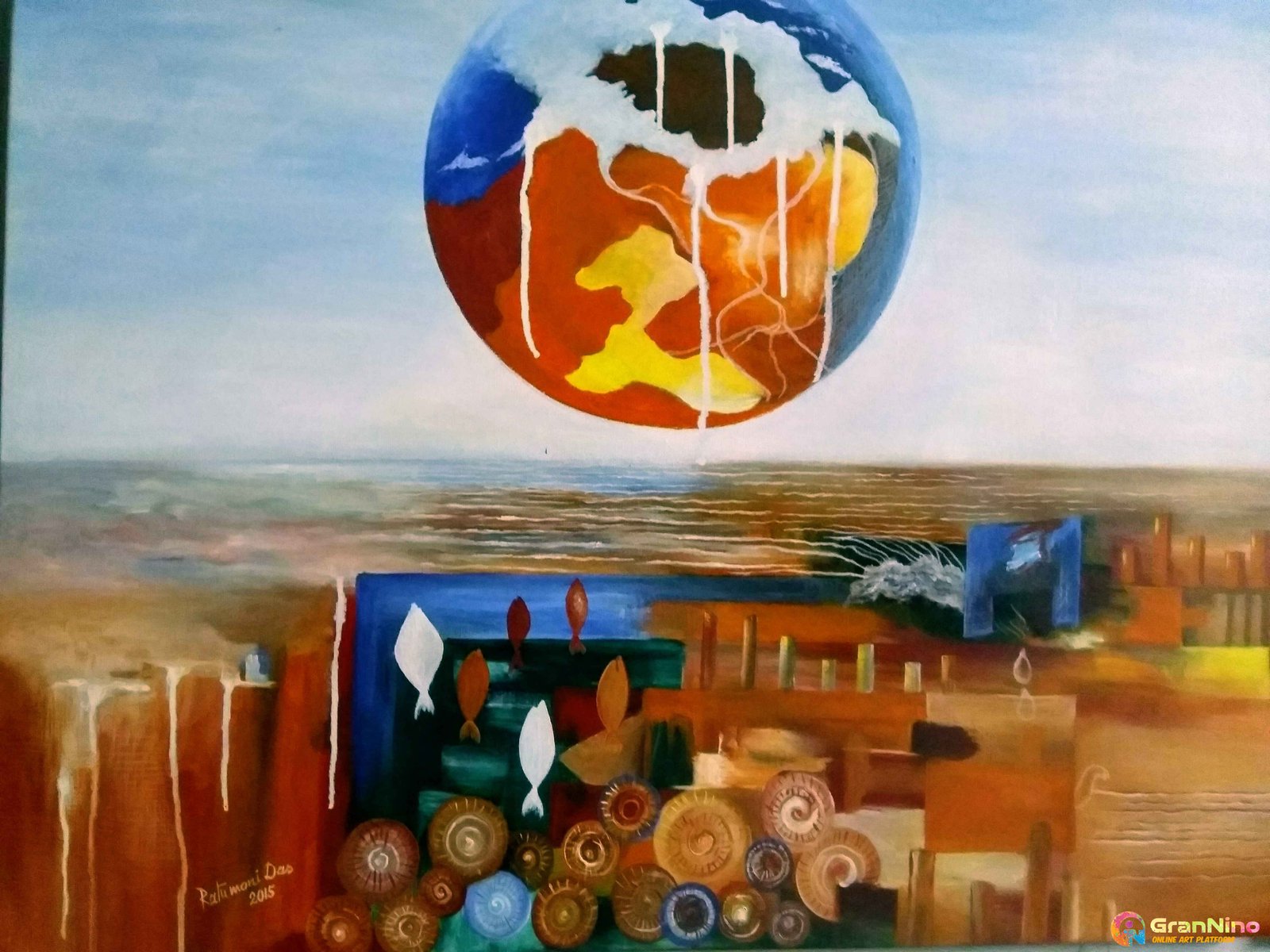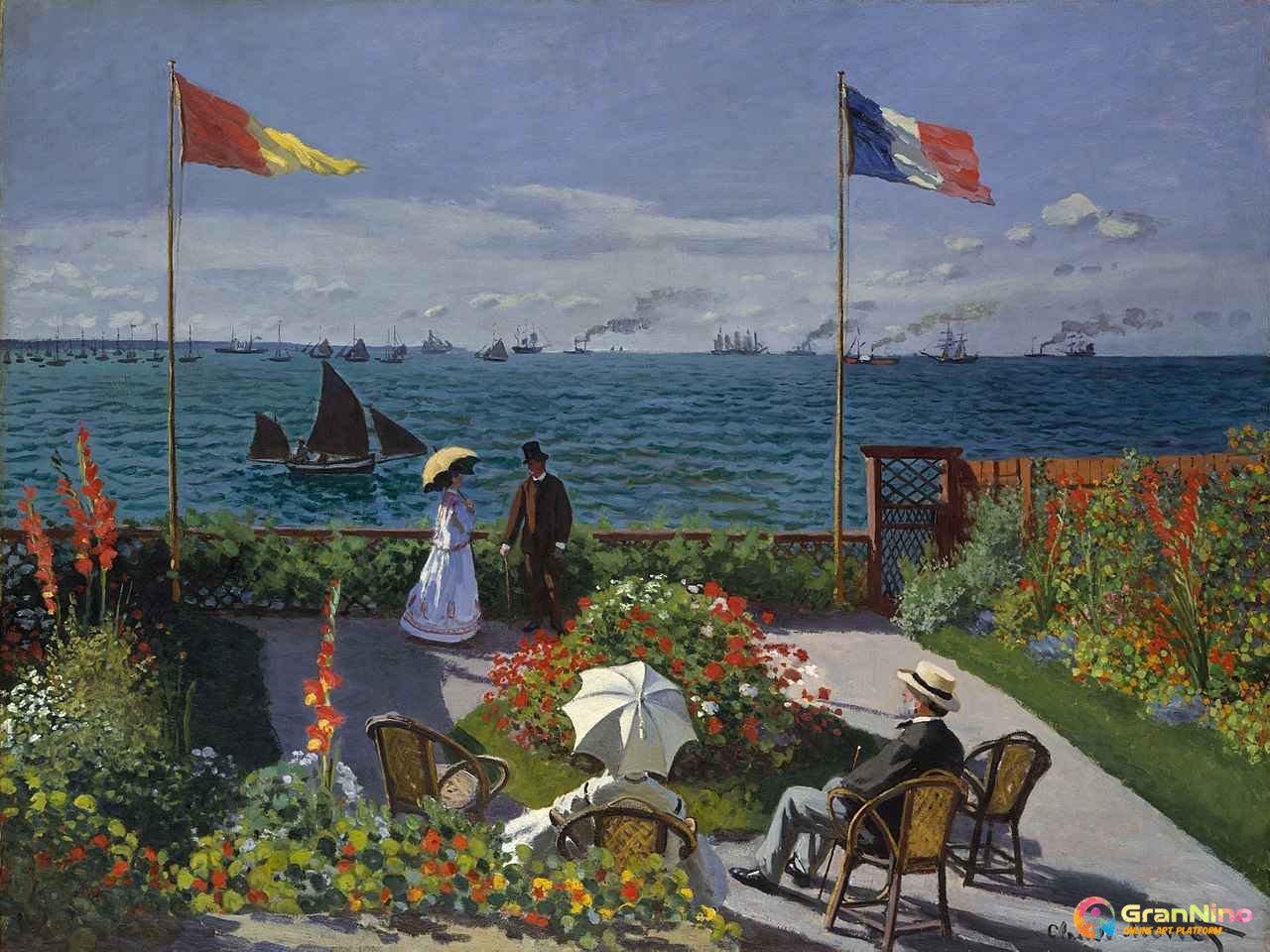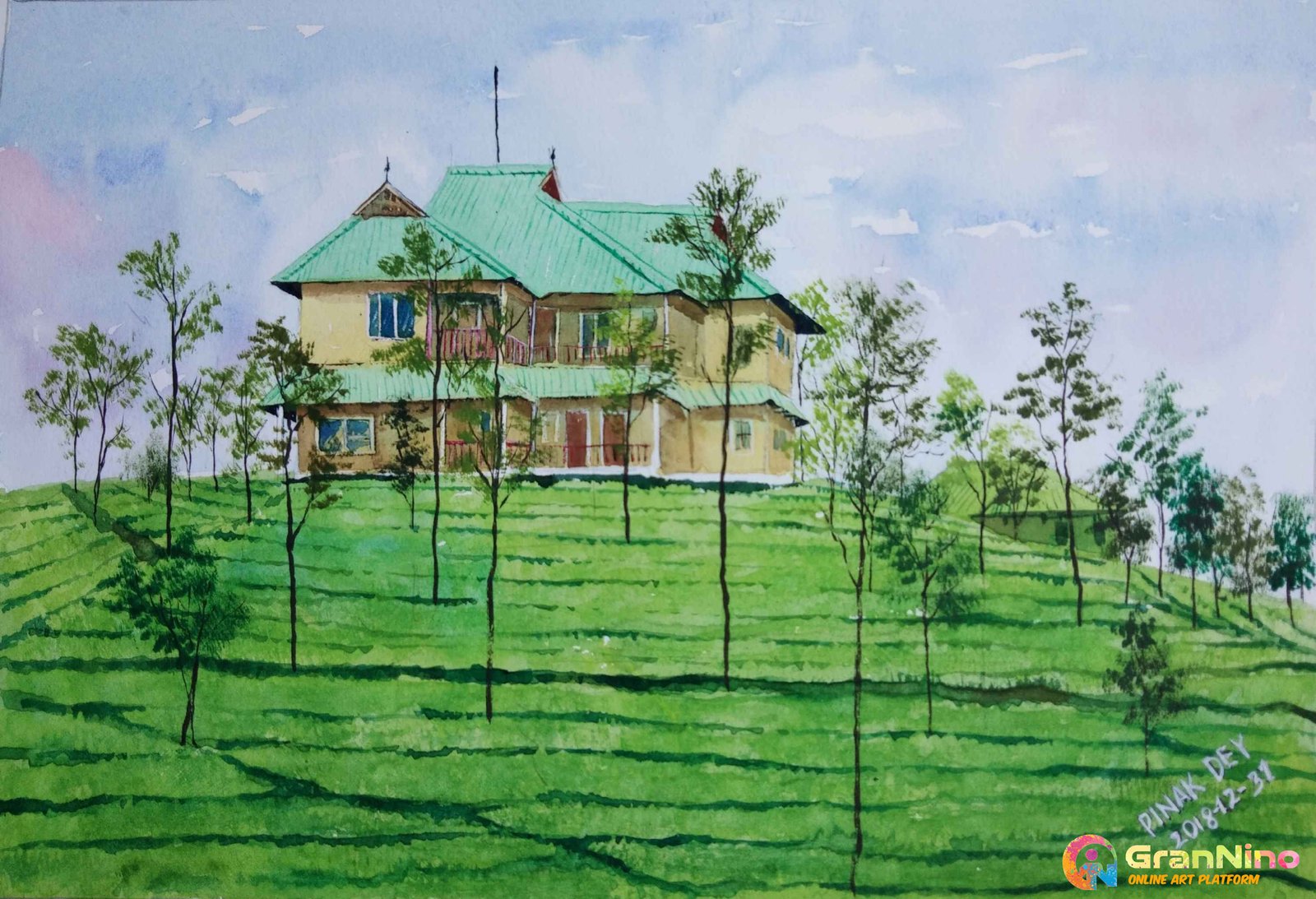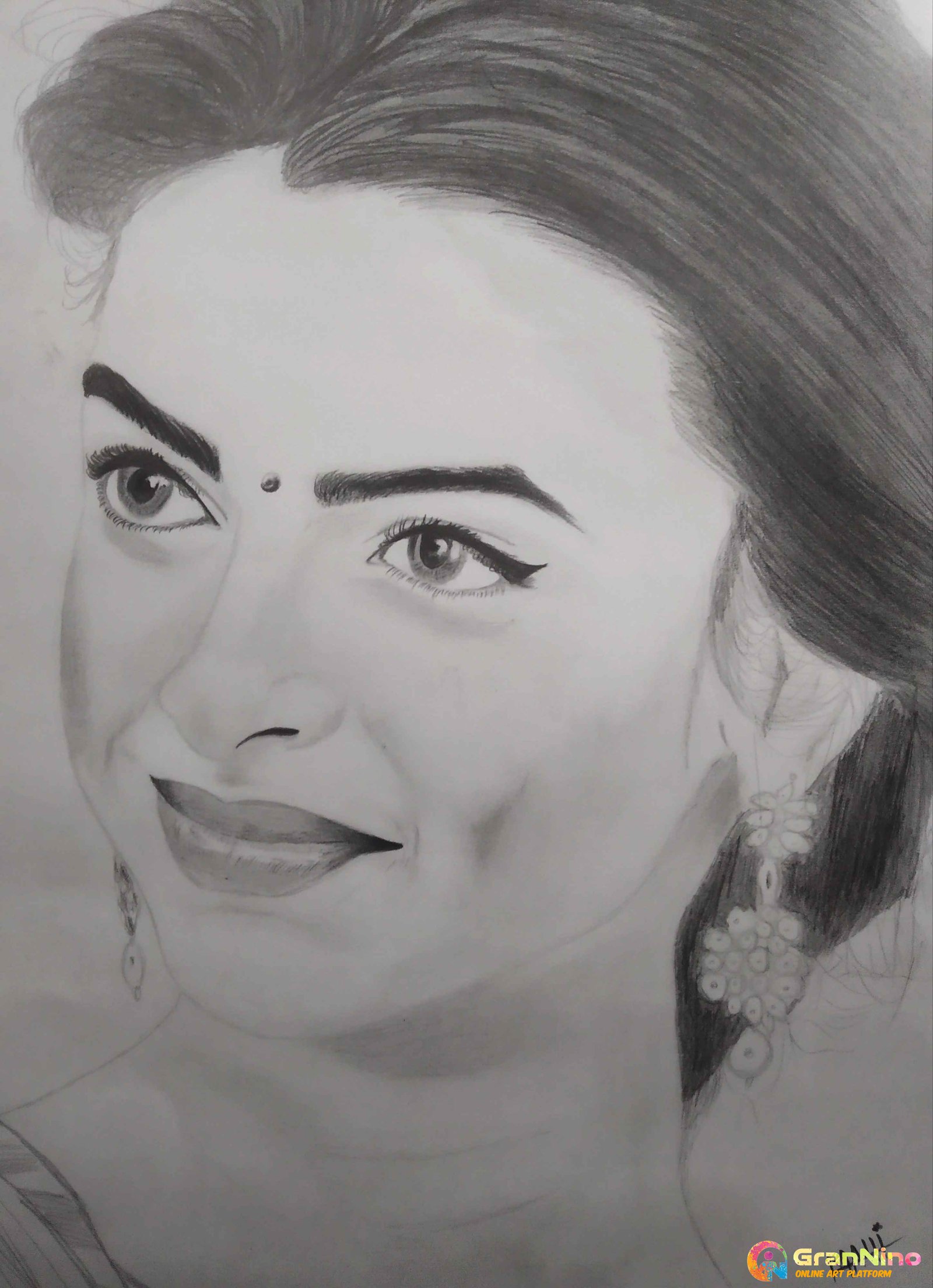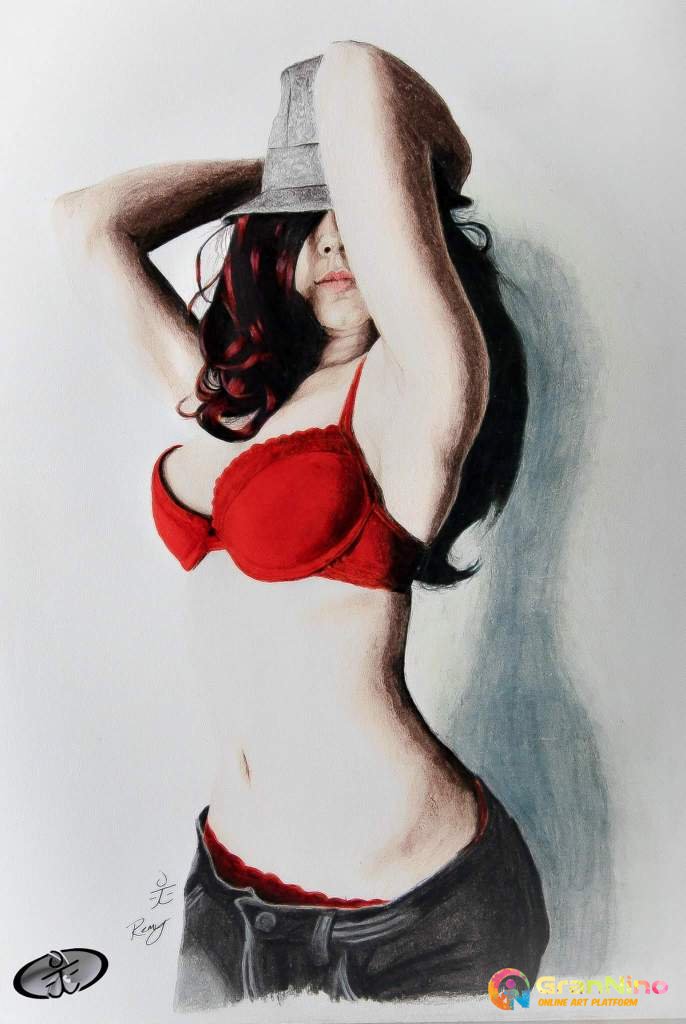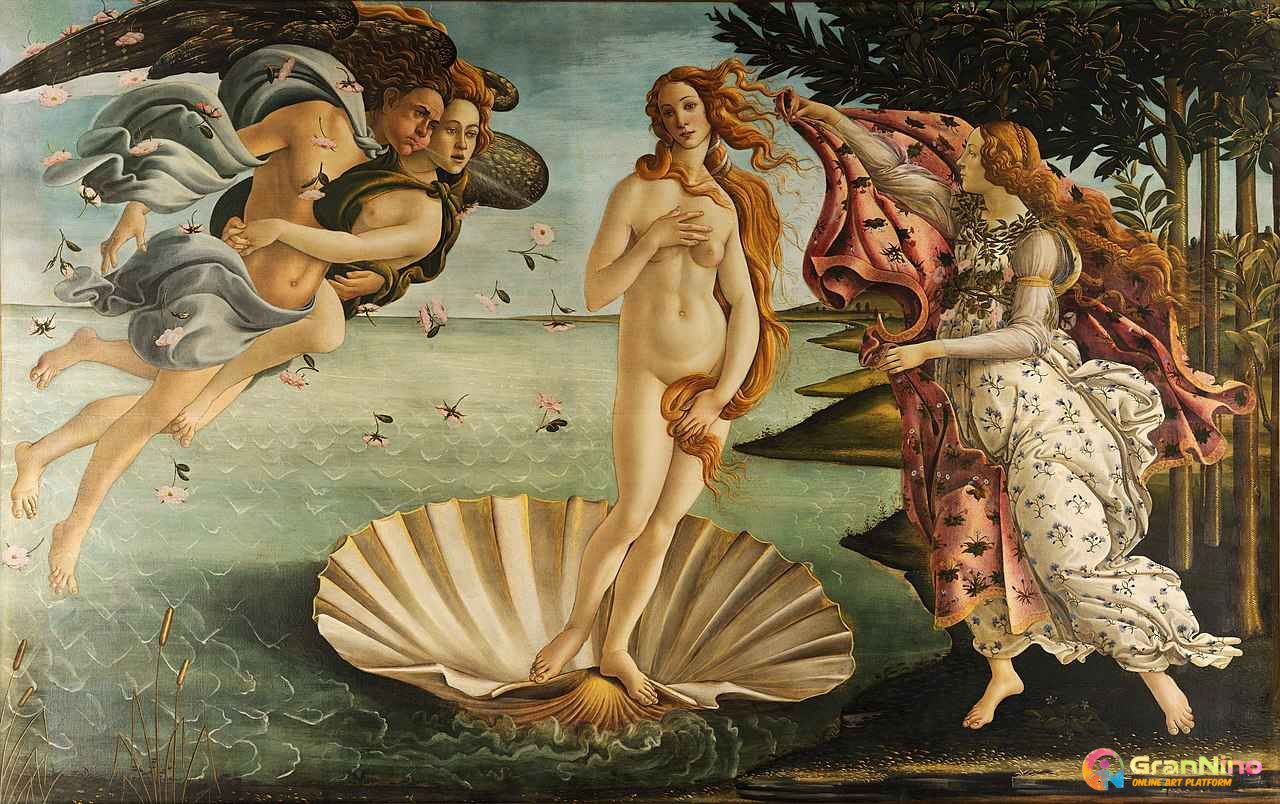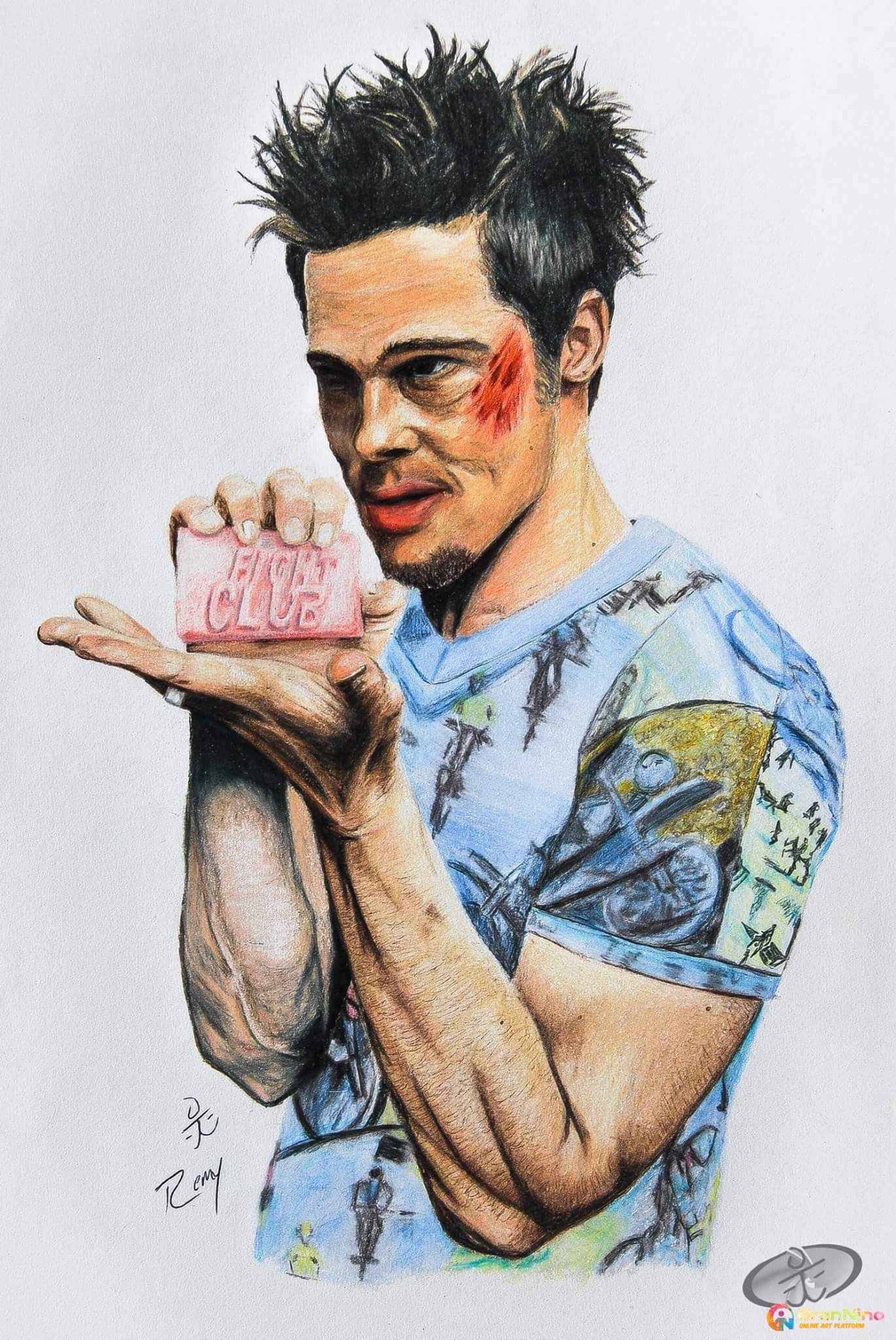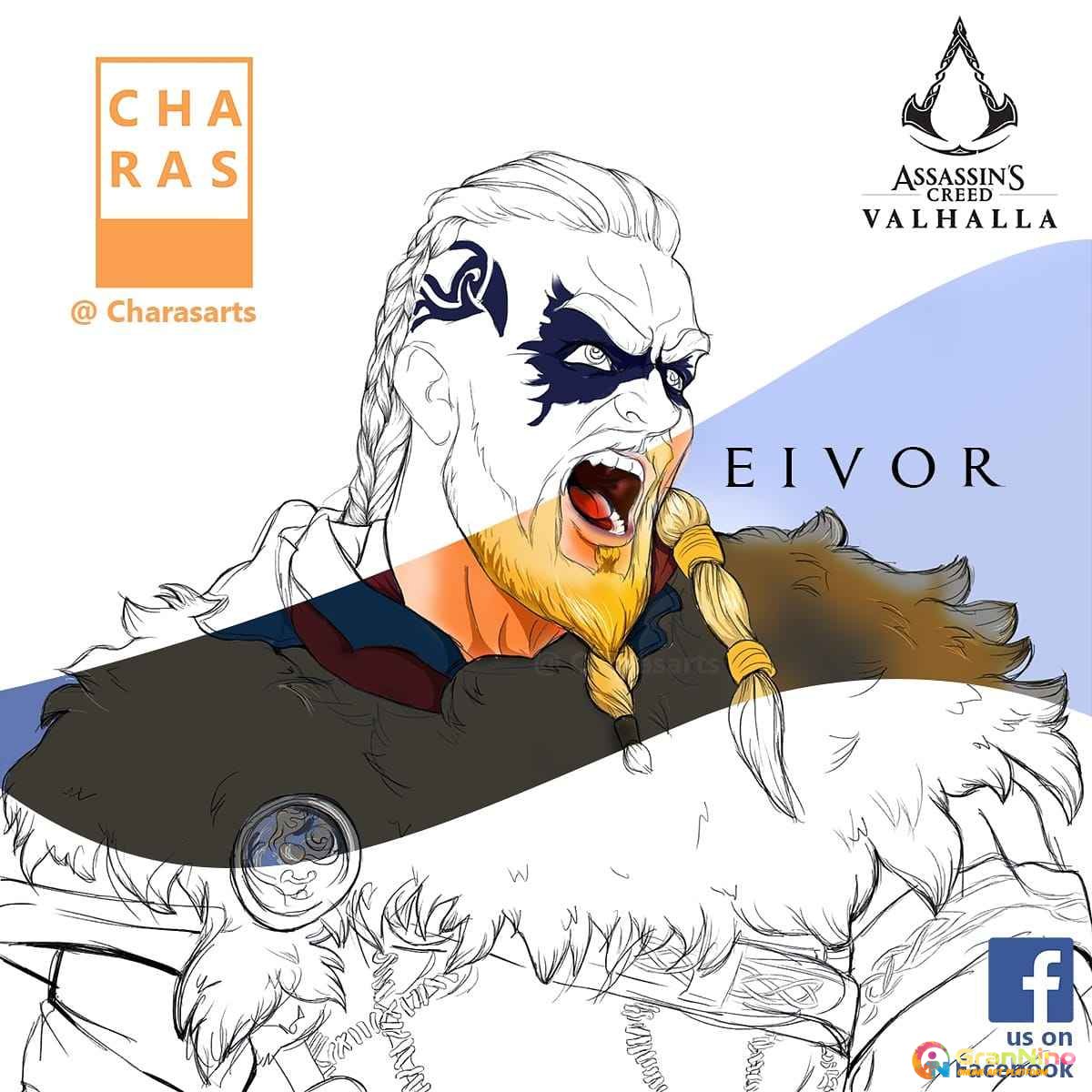Difference Between Warli and Sand Art
The Warli Tribes of India (from the North Sahyadri Range in Maharashtra, India, the Sahyadri Range contains cities such as Dahanu, Talasari, Jawhar, Palghar, Mokhada, and Vikramgad of Palghar district.) inspired the name Warli Painting. The tribes still using this painting technique. Even though the tribal style of art is estimated to date back to the 10th century AD., the style of Warli painting was not recognized until the 1970s. The concept of Mother Nature is fundamental to Warli culture. Some of famous Warli Painting Artist is Jivya Soma Mashe and Balu Mashe.
On the other hand, Crushed colored sandstone, charcoal, pollen, or other dry material are applied on colored and smooth sand background to make sand paintings. Sand Painting, a dry painting made by pouring colored sands, powdered pigments onto a surface.
Sand painting is a very old painting technique that is linked to a variety of cultural rituals all around the world, for example the most famous native American Navajo tribe sand paintings. The painting is destroyed after the rite is performed, hence there is no exact evidence of sand paintings. However, the majority of them are still used by people or are mentioned in old literature. Tim Bengel and Kseniya Simonova are two well-known painters who have been influenced by the painting method.
On the contrary, The medium used for sand painting is naturally available everywhere. Powdered warli paints in a variety of colors, Sand (from the beach or playground), Other dry materials like Paper and some binding adhesives like glues are the common and easily available substances , which are used for sand paintings.
But, Sand Painting, also known as dry painting, is a type of painting that involves pouring colored sands, powdered pigments from minerals or crystals, or pigments from other natural or synthetic sources onto a surface to create a fixed or unfixed sand painting.
Sand painting requires extreme accuracy and control over the hand's movement. You'll need a lot of practice and patience to sand paint. Sand painting allows you to produce colorful and impressive artwork either on fixed or unfixed medium.
In opposition, Sand Paintings on paper media, with colored sand grains and glues are most common now a days. Such paintings provides stunning looks to any landscape paintings with a impressive three dimensional and glossy behavior.
Although, In ancient times, the sand painting was done for some rituals only by some specific communities on unfixed medium. But in modern times the sand art is framed on fixed medium, like paper media with glues , and covered inside a transparent glass to keep it inside. Sand Painting allows to produce impressive and colorful artworks.
Instead, As mentioned earlier, the sand paint is a dry media and can be used on any fixed or unfixed surface. Unfixed surfaces like beach or temporary event surface and glass is used for event or ritual based sand arts. On the other hand, fixed glass, hard plastic board, canvas, wood or hard paper is used as fixed surface for sand paintings. The best part of the sand painting is the realistic three dimensional interpretation of any object. Which makes the sand painting technique unique from other types of paintings. Also due to use of naturally available sand or quartz, the sand paintings lasts longer. Only issue with sand painting is that it requires extreme accuracy and control over hand movements along with patience and practice. Modern artists use oxidized and mineral-charged colored sands, as well as powdered charcoal and, in certain cases, unique materials like iron filings or abandoned stone dust from ecclesiastical sites, to expand the palette. Other artists use a new generation of strong adhesives and commercial colored quartz sands that can withstand inwarlince action. It should be worth to mention that the sand also can be used for sculpting works as part of sensory play.
Yet, Sand paint is also non-toxic, environment friendly, as well as vegan friendly.
Article Details
Publish Date: 12/12/2021
Related Tags:
warli warli painting warli painting idea painting with egg yoke sand sand painting sand painting idea sand art
Advertise Here Contact us

SUBSCRIBE TO OUR NEWSLETTER
Most Asked Questions:
- Q. How history is influenced by Warli Painting ?
- Answer: Warli Painting is a form of tribal art that uses geometric shapes to depict the various elements of the paintings. The @Warli Tribes@ of India (from....Read More
- Q. What is used to make Warli Painting?
- Answer: The Warli Paint is done on colored background using white pigments. Traditionally, the white pigment made from rice flour and water, with gum as a bin...Read More
- Q. How is the popularity of Warli Painting among Artists ?
- Answer: Because the traditional Warli Painting was built on mud and bamboo made house wall, producing highly saturated artworks was challenging. Along this, i...Learn More
- Q. Explain the difference between Warli Painting and Sand Art ?
- Answer: Sand Painting, a dry painting made by pouring colored sands, powdered pigments onto a surf......, On the other hand, Warli Painting is a form of tribal art .... Know More
- Q. Where can I buy Warli Painting (on Canvas) without commission?
- Answer: If you are looking for best Warli Painting for commission free purchase, you can check here.
- Q. How to sell Warli Painting online?
- Answer: If you are looking for best place to exhibit and selling Warli Painting , you can try GranNino. GranNino provides free art exhibition and commission free art selling.
